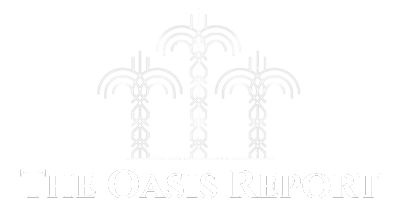The US dollar dipped against the yen and steadied against the Swiss franc on Wednesday, as fighting between Israel and Iran prompted investors to scoop up safe havens, while a Federal Reserve decision later on rates kept volatility subdued.
Israel has bombarded arch-enemy Iran over the past six days to halt its nuclear activity and has asserted the need for a change of government in the Islamic Republic.
The US military is also bolstering its presence in the region, Reuters reported, stirring speculation about US intervention that investors fear could widen the conflict in an area with critical energy resources, supply chains and infrastructure.
Iranian Supreme Leader Ali Khamenei said in a statement read by a state television presenter on Wednesday that his country would not accept US President Donald Trump’s call for an unconditional surrender.
The dollar has resumed its role as a safe haven, having gained around 1% against both the Japanese yen and Swiss franc since last Thursday. On Wednesday, theurrency took a breather, edging fractionally lower against the yen and the franc and more noticeably so against the euro and the pound.
“The dollar is still a safe haven because of its depth and liquidity, so, yes, the structural forces are diluting the dollar safe-haven activities, but they’re not eroding them completely,” said currency strategist Rodrigo Catril at National Australia Bank.
“But in a scenario of big risk aversion, the dollar will still gain support, but maybe not to the same extent it has managed in the past.”
Against a basket of six other major currencies, the dollar is still down around 8% so far this year, as confidence in the US economy and the reliability of Trump’s administration as a trading and diplomatic partner has faded.
With the Fed’s decision on interest rates just hours away and US markets closed on Thursday for the Juneteenth federal holiday, activity in currencies was muted.
Against the yen, the dollar fell 0.3% to 144.845 and was steady against the franc at 0.8175 francs.



